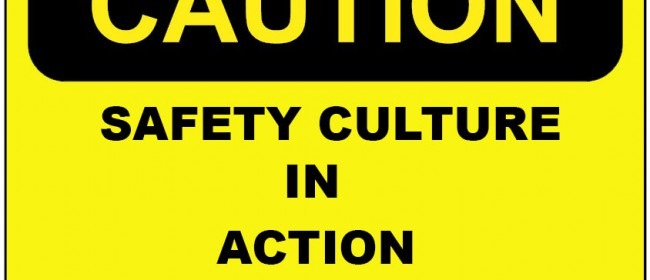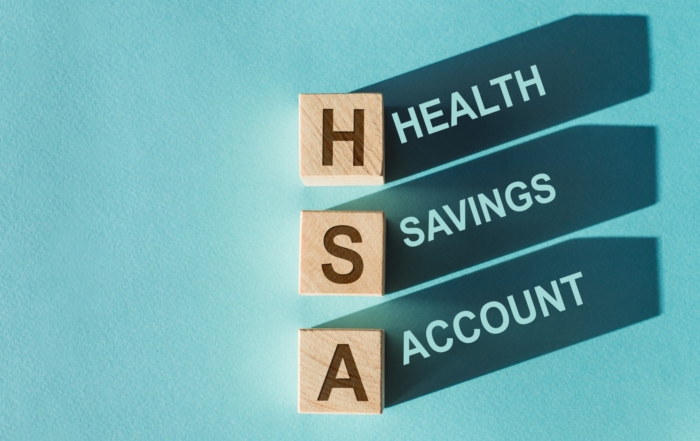The following piece is based on the experiences of one of the NARFA Loss Control Specialists. The Automotive Industries Compensation Corporation (AICC) in Massachusetts provides members with one of the best workers compensation programs in the country. From unlimited loss control services, to large discounts and dividends paid back each year, the AICC truly believes in and establishes a strong safety culture. Here we take a look at some thoughts about the safety department and human resources roles in maintaining a strong safety culture.
Companies with the strongest safety culture had both the Human Resource department (HR) and the safety department working together as a safety committee to develop and maintain a safe work environment. In many companies these departments consider their roles as separate and rarely interact until major failures occur. This is a mistake and could be quite costly for both the business and employee.
Both HR and safety are a support function for a larger operation and have similar mission objectives: ensure effective work processes while complying with the law. Although an employer’s safety and HR departments don’t necessarily need to work together to achieve their goals, failure to do so may come at a cost. Company departments should also work hard to build upon and improve safety culture.
Avoiding Separation
Historically, many safety departments have grown out of HR. A small company may not need a safety professional right away, so HR gets assigned safety as a type of miscellaneous responsibility. As a result, some organizations may not give full attention to safety. In this type of situation, HR professionals need to be self-aware enough to recognize that they require assistance, and most likely need additional education and training. The most effective system is to have a dedicated safety professional working for the company but in many cases this simply not the case.
The HR and safety departments are sometimes also in poor communication with one another and don’t work together. In many cases they may begin to work against each other without realizing the negative effects on the overall safety culture of the company.
For example, HR may want to incentivize workers to become more productive. Depending on the type of incentive, the program could negatively affect the development of a positive safety culture by emphasizing production over safety performance. HR goals and interests in such a program may have minimal to no requirements to comply with specific safety rules. But if the safety department and HR work together the same incentive goals can be reached without compromising workers safety and avoiding a high level of injuries.
“It’s important for a safety professional to play a role or provide input in HR decisions such as incentive programs, training, hiring and promotions – issues that may be at the core of a company’s safety culture. If the safety officer can’t touch any of that, they’re going to get nowhere.”
If employees being promoted have the greatest output but their safety record is ignored, the employer is sending the message that productivity is more important than safety. This can affect a company’s safety culture for years. If the HR professional has a solid understanding of occupational safety or works closely with the safety professional, he or she will not promote workers who fail to emphasize safety.
Overlapping Responsibilities
Several aspects of safety and HR overlap, highlighting the importance of the two units working together.
- Employee misbehavior: Employee horseplay or bullying has a workplace safety component, and the safety professional should be involved in resolving the case. HR should take the lead on correcting the situation, as disciplinary action may need to be taken. The safety professional also may lack the knowledge to handle any potential legal or liability issues involved.
- Alcohol and drug abuse: Any worker under the influence poses a safety hazard. Safety and HR professionals should work together on the issue, especially if a supervisor plans to terminate the worker. HR can help ensure the dismissal is fully complaint with labor laws to avoid additional issues.
Most HR professionals don’t readily see the connection between their field and safety. Due to the extensive administrative functions of their job, HR professionals cannot complete more than HR-related work, particularly if the employer has a safety professional on staff. The safety manager must teach HR how it can help support the safety culture.
HR involvement in safety creates an opportunity to improve performance, including reduced costs from less injuries. HR professionals can make an impact by keeping safety in mind when hiring to ensure newly hired employees have the right attitude and can positively contribute to the company culture. Safety managers should train all HR professionals on safety basics, including how to complete OSHA injury reports. This is especially important if safety falls under HR responsibilities. Safety managers should be certain they are utilizing the HR infrastructure to use all of the tools they have to implement a strong safety culture.
Regardless of how an employer’s departments are organized, having safety professionals and HR professionals work together can be a key to improving safety culture. NARFA works hard to ensure safety compliance and culture are an important part of our members’ businesses. Please refer to our safety and wellness section for regularly updated tips and procedural information to help your business.
For more information about joining the AICC Workers’ Compensation program and our other employee benefits solutions please contact us today.
Recent Posts
IRS Guidance on Nutrition, Wellness, and General Health Expenses
The Internal Revenue Service (IRS) has recently highlighted that costs associated with nutrition, wellness, and general health do not typically qualify as reimbursable medical expenses [...]
HSAs Today and Every Day: A Triple Threat Against Rising Healthcare Costs
The healthcare landscape is constantly evolving, and in 2024, rising costs remain a top concern for both employers and employees. Fortunately, Health Savings Accounts (HSAs) [...]
April Showers Don’t Cause Accidents (Distracted Driving Does): Stay Safe on the Road This Month (and Every Month)
Spring is here, and with it comes April's designation as Distracted Driving Awareness Month. While the changing seasons and blooming flowers might tempt you to [...]




